Ecommerce Customer Experience: Creating a Truly Great Experience for Users
Josh Brown
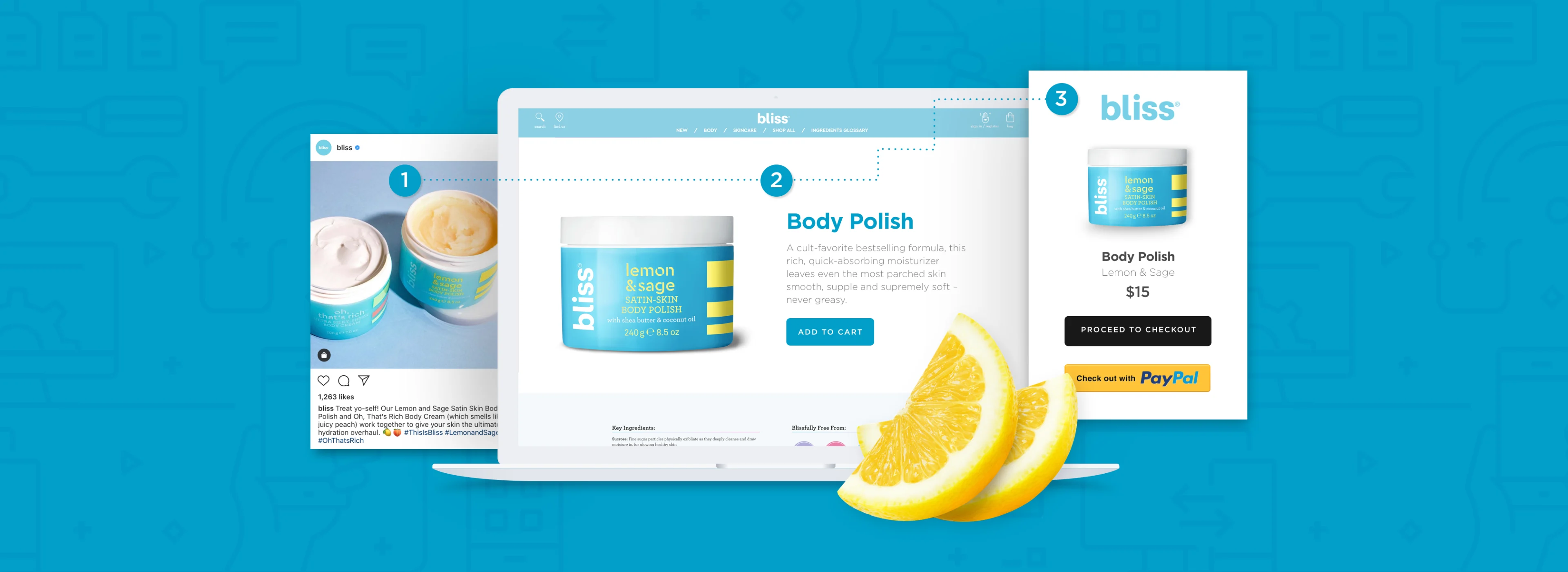
If your ecommerce company has been in business for any amount of time, you already know that offering a killer product isn’t enough to survive — let alone thrive.
Yes, the products you offer have a huge impact on the future success of your business.
But you can’t rely on product quality alone to attract, engage, and retain your ecommerce customers.
In fact, product quality is no longer the main reason consumers will do business with a certain brand. By today’s standards, it’s much more important to deliver a valuable overall experience to your ecommerce customers.
In this article, we’ll discuss everything you need to know about creating a great ecommerce customer experience in 2021 and beyond to help improve customer loyalty, customer retention, and ultimately your customer’s lifetime value.
Before we dig in, though, let’s clarify exactly what we mean by the “ecommerce customer experience”.
What is the Ecommerce Customer Experience?
The term ecommerce customer experience refers to the sum of every touchpoint, engagement, thought or feeling that occurs or is exchanged between the customer and your brand — as experienced from the customer’s perspective.
It’s a broad definition by design: The customer experience encompasses everything that happens from the moment an individual hears of your brand, to the moment they actively decide to stop doing business with your company.
(If we want to get even more technical, we can argue that CX extends past this “official breakup”, as there’s always the possibility of winning back their business in the future. But, we digress…)
And, as we said, there’s no “one way” to go about creating a superb customer experience for your digital audience.
Take a look at the following examples:
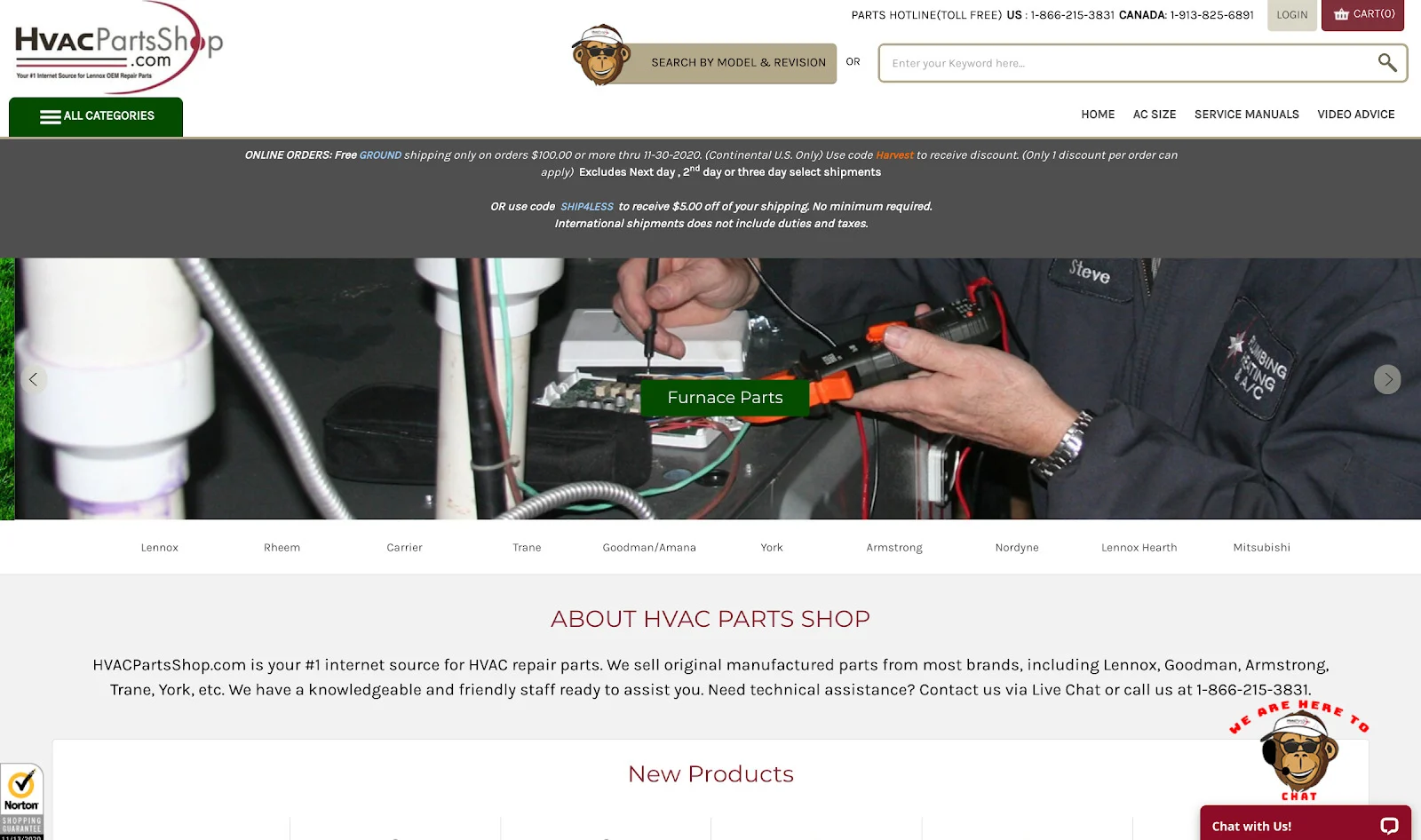
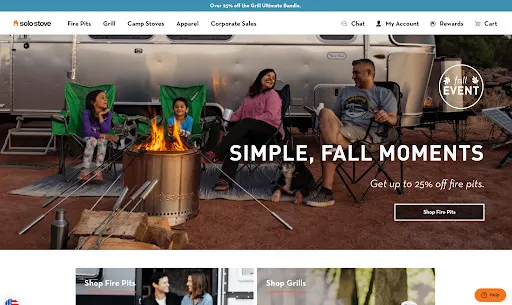

With just a quick glance, you can easily see how different your experience as a customer would be from brand to brand, and industry to industry.
(Quick note: The term ecommerce customer experience is not synonymous with on-site experience — but they are related. More on this in a bit.)
Again, though:
No matter the industry, your experience as a customer will generally follow the same pattern, in which you’ll experience different needs based on your circumstances — and ideally get the support you need from the brand you’re working with.
That is to say that the ecommerce customer experience consists of a number of staples that you, as a provider, need to be aware of.
1. Pre-Purchase ECX.
The ecommerce customer experience begins well before an individual actually becomes a paying customer.
As we said, it begins the moment an individual notices your brand. From then on, everything that does (or does not) happen between them and your brand is considered part of the customer experience.
Think of the implication of that:
If the extent of their experience with your brand is that they know you exist…well, that’s not really saying much for your ECX, is it?
On the contrary, if you can immediately make your brand’s value clear to even the most mildly-interested prospect, you stand a pretty good chance of converting them in the near future.
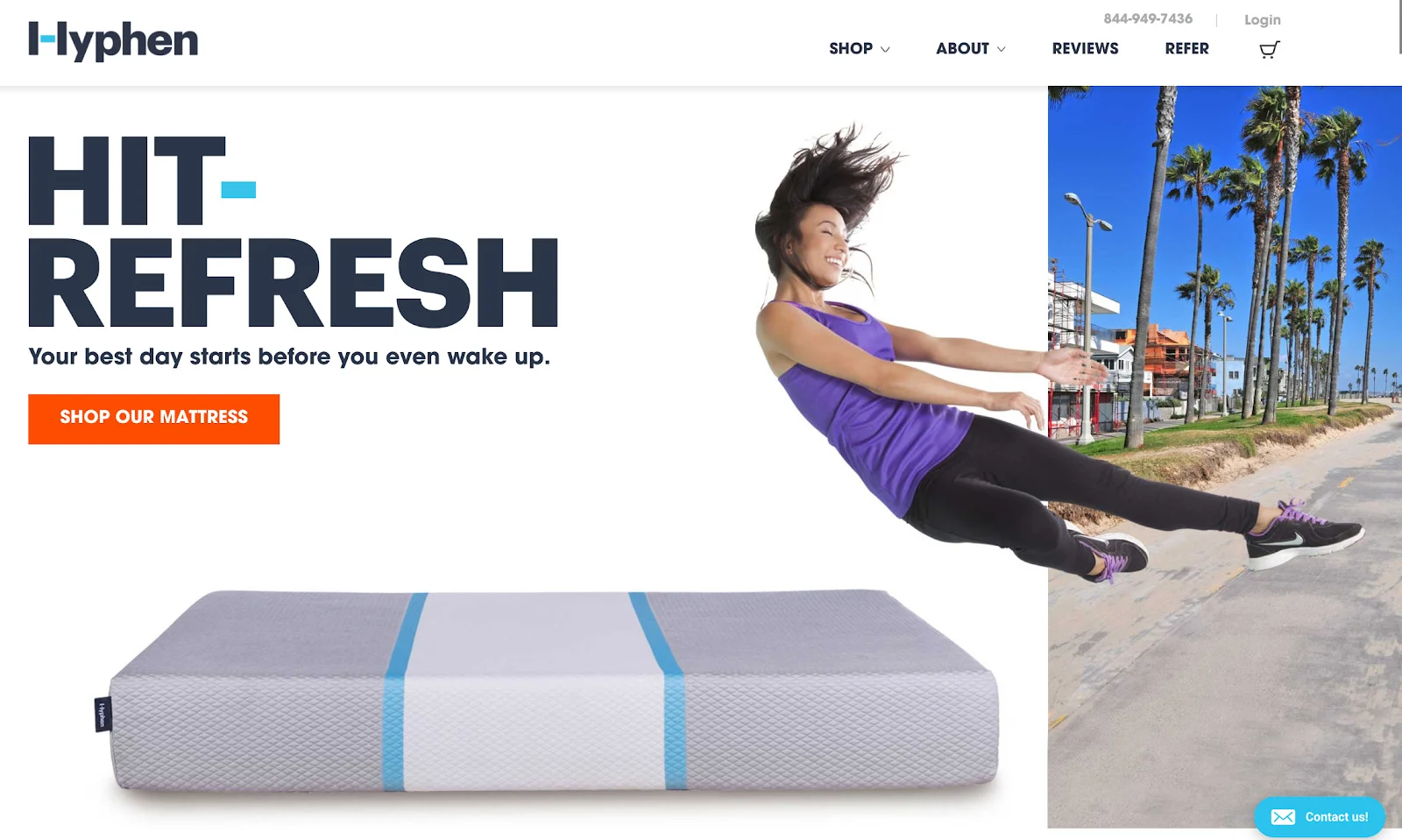
How do you attract and engage these online passers-by?
Information.
For the customer, the pre-purchase experience should answer some key questions, such as:
What does your brand offer?
What’s in it for me?
What are my options?
Take a look back at the examples from earlier.
In each case, the answer to all three questions is either readily apparent, or is easily accessible with just a few mouse clicks or screen taps.
While there are many effective ways to deliver this information to your online prospects, it’s crucial that you figure out what works best for your audience.
In delivering a welcoming and informational pre-purchase experience to your prospects, you accomplish three key things:
You proactively provide value before asking anything of them — leading them to trust your brand moving forward.
You prepare them to make the exact purchase that will allow them to best accomplish their goals — in turn strengthening their trust in your brand even more.
You set a foundation for future success and growth, putting the customer on a path to goals they don’t even know they have yet.
2. Shopping and purchasing ecommerce customer experience.
Most obviously, the ecommerce customer experience also consists of the moments surrounding the consumer’s actual purchases.
Again, keeping your nearly-converted customers informed is key to getting them to take the plunge. At this point, the prospect will be in need of some key pieces of information, such as:
Product specs, pricing, and availability
Transactional policies (e.g., returns, exchanges, shipping fees, etc.)
Brand/company policies (e.g., info on ethical operations, etc.)
All of this info — and more — can potentially be the deciding factor as to whether or not a prospect ends up converting. Remember: Not providing this information will essentially end the customer experience before they even become a customer.
It’s also crucial for you to deliver laser-targeted offers and value to your soon-to-be customers at this moment, too. Delivering upsell and cross-sell offers can ensure your prospects get max value out of the purchases they make from your brand.
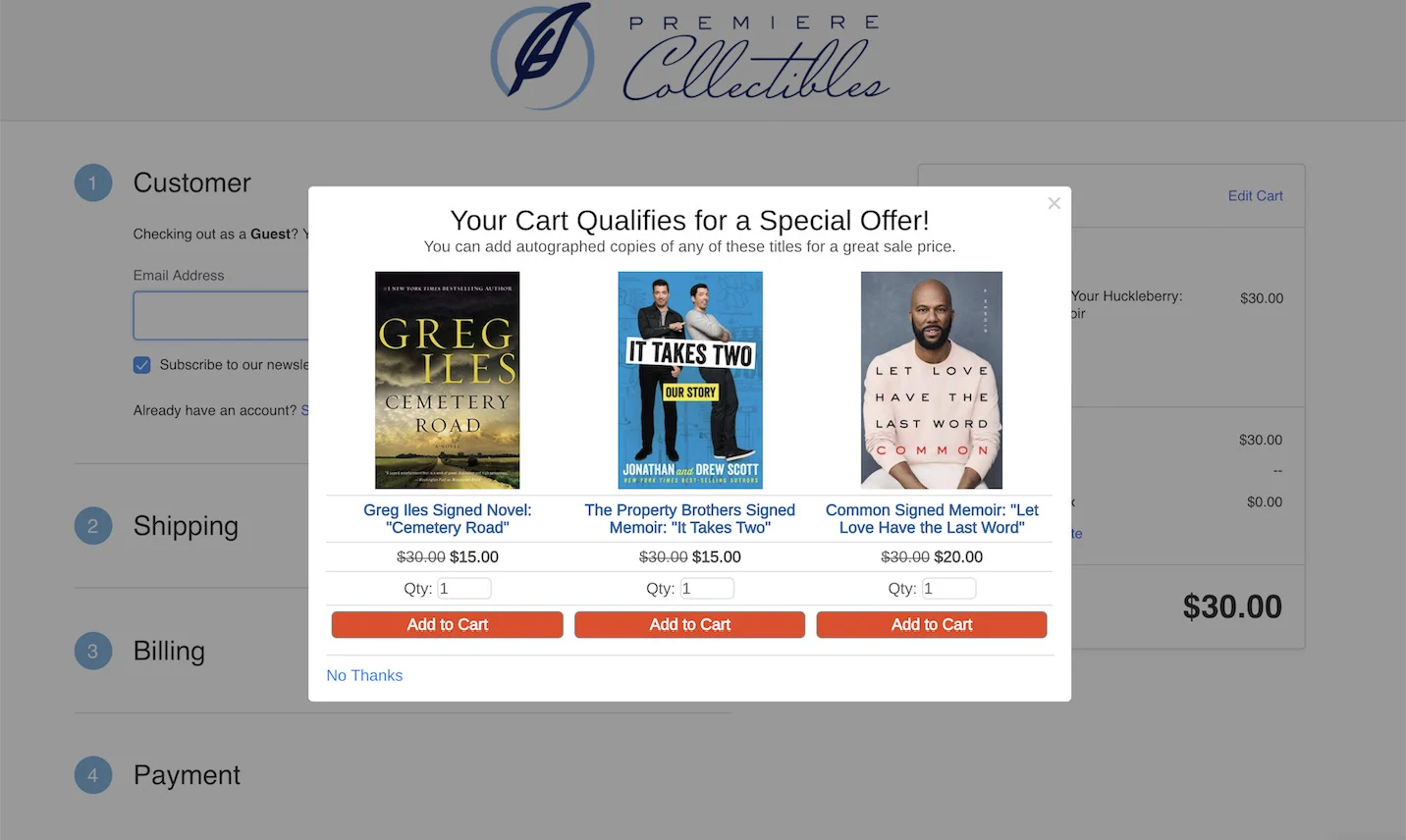
(Conversely, if the prospect doesn’t know about these higher-value products and offers, they’ll stick with your more basic offer — which may not end up providing the experience they’d hoped for. And, even if they’re content with this basic solution, they’re still missing out on what your brand really has to offer them.)
Finally, this stage of the ecommerce customer experience involves the actual processing of the purchase taking place. Here, you’ll need to ensure the customer can complete their purchase as they’d expected, with as little friction as possible.
3. Post-purchase ecommerce customer experience.
Once a customer has made a purchase, your work is done! They’re now guaranteed to return to your brand on a regular basis for all eternity, without you having to so much as lift a finger.
Just kidding.
In reality, your work has really only just begun.
Instead of patting yourself on the back for converting yet another prospect, your focus will now shift onto keeping your new customer engaged and coming back for more.
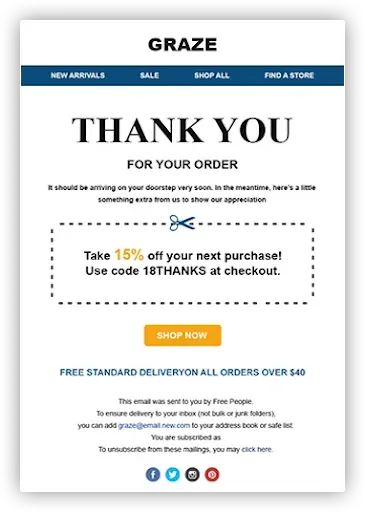
Overall, your goal will be to get your customers to continue buying more, and buying more frequently from your company.
To make this happen, you’ll need to stay in close contact with your customers from here on out.
This means:
Regularly (and proactively) delivering updates, announcements, promotional offers, and more through a variety of channels
Developing programs, events, and other initiatives to deliver added value to your audience
Soliciting (and acting on) feedback from your satisfied and dissatisfied customers alike
Once an individual gives you their money, you should consider them a customer for life.
(Or, at least, until they make clear they’re no longer in need of your services.)
But, they’re never guaranteed to return — and they have no reason to do so unless you give them one.
That said, a huge part of delivering a superb ecommerce customer experience is knowing how to continue piling on the value as time goes on.
Ecommerce Customer Experience (ECX) vs. User Experience (UX)
Before moving on, we need to quickly clarify the difference between ECX and UX.
While ecommerce customer experience refers to everything that occurs between the customer and your brand, user experience refers to the functional structures and aspects within this overall experience.
In other words, UX is concerned with the customer’s ability to perform the tasks they’d intended to in the most efficient way possible.
Some key examples:
Finding the exact product they’re looking for with relative ease
Accessing and digesting branded content
Making purchases and other transactions
Obviously, if the customer is unable to perform these tasks, they won’t be able to get the full experience your brand has to offer.
(And they won’t be able to spend their money on your brand, either!)
Even the slightest hiccup along the way can be enough to derail their experience completely. Whether it’s poor site design, slow loading times, broken links — or something else entirely — these UX-related no-nos can be enough to turn your customers off for good.
A streamlined and optimized user experience, though, allows your customers to immerse themselves in their overall experience with your brand — and get the full experience as you’d intended. One effective way to track and improve your site’s overall user experience is by using a website behavior analytics tool with heatmapping, session replay, funnel and form analytics, and even custom-triggered user feedback surveys.
What is Ecommerce Customer Experience Management?
Ecommerce customer experience management, or ECX Management, is the process of gaining and maintaining full control over the experiences your ecommerce customers have with your brand.
By “full control”, we don’t mean that you’ll be looking to dictate the customer’s every move, or anything like that.
Rather, the idea is to always be prepared to deliver that which the customer needs at any given moment — even if they, themselves, don’t recognize it just yet.
(We’ll talk more about this idea of proactive and responsive engagement in a bit.)
Looking at this another way, a proper approach to ECX management ensures your team will never be scrambling to deliver as expected to a customer in need.
Going a step further, optimizing your approach to ECX management means always being able to go above and beyond for your customers — no matter what that may entail.
In some cases, you’ll simply be working to enable your customers to accomplish whatever task is on hand. Here, ECX management is about putting structures and failsafes in place to support your customers as they stretch toward their goals.
In other situations — such as when your customers face a challenge or a setback — you actually may need to take control of the situation. At these points, you’ll need to deliver some sort of added value to re-engage your struggling or hesitant customer, and get them back on their path to success.
To craft a good customer experience (also referred to as CX), every interaction matters — from the emails you send to the customer support software you use and from your engagement on social media to how customers experience your online store.
Luckily, you don’t have to spend tons of money on developers and applications to provide a more customer-centric experience. Read on to learn about the business benefits of providing a better customer experience throughout the buyer’s journey, as well as factors to consider in crafting your CX strategy.
Why Ecommerce Customer Experience Matters
You probably already have a pretty good idea of why delivering a top-notch ecommerce CX is so important.
In the interest of being thorough, though, let’s dig into the three key things you’ll be able to accomplish by optimizing your ECX.
1. Build audience trust, loyalty, and evangelism.
Creating a valuable overall customer experience is key to building trust amongst your target audience — which is necessary to keep them engaged as time goes on.
As Edelman’s 2019 Trust Barometer Special Report shows, modern consumers have a number of concerns when it comes to trust:

(Note that all of this falls under our definition of the overall customer experience.)
It’s pretty simple:
If your customers can’t trust that you’ll be able to provide for their needs, they’ll always think twice before handing you their money (or even wasting their time with your brand).
But, by delivering consistent value (and then some) at every touchpoint, you give your customer every reason to continue engaging with your brand on a regular basis. And, as your customers continue to receive more and more value from each engagement, they’ll likely begin engaging more frequently and intensely with your brand, as well.
As Edelman’s report shows, building trust not only makes customers more likely to stick around, but also more likely to tell others about your brand as well. What’s more, they’ll also defend your brand against negative comments and similar mentions.

But, again:
This is only if they know with near-certainty that they’ll get the exact experience they’d hoped for, each and every time they engage with your brand.
2. Develop a unique selling proposition & create perceived value.
“The products between many online merchants are similar or are at least perceived to be similar by the customer. The big difference between merchants typically comes down to customer experience – the eCommerce merchant who creates the best experience for the customer wins.” – Shep Hyken, Customer Service & Experience Expert and NYT bestselling author
Another key benefit of developing a top-notch ecommerce customer experience is that you’ll also be developing your brand’s unique selling proposition.
Like we said earlier, no two brands’ customer experiences are exactly alike.
(Or, at least, they shouldn’t be…)
Basically, the experience you deliver your online customers should be unique enough to deliver value your audience can’t find elsewhere — while also being familiar enough to facilitate engagement and progress.
The list of ways you can make this happen is limited only by your creativity.
For example, you might offer:
Products or services that truly are unique to your industry
Customer-friendly policies that stand out against industry norms
One-of-a-kind events, promotions, and initiatives to celebrate and thank your customers
…or all of this, and more.
If you provide something of value that your customers literally cannot get anywhere else, they’ll have no reason to stray from your brand.
On top of that, once it’s established within your industry that your brand provides a one-of-a-kind CX, the perceived value of all your brand has to offer will skyrocket. From there, competing on price will be a non-issue for your company — you’ll be able to charge a premium for the products, services, and overall experience you provide.
3. Work toward business growth and success.
Delivering a superb customer experience is key to achieving the goals you’ve set for your business.
This goes for both your financial goals and your team’s more “big picture” goals.
On the financial side of things, consistently delivering an excellent experience to your customers comes with a number of benefits, such as:
Increased purchase frequency
Higher average order values
Better referrals and cheaper acquisitions
And, again, your loyal customers will be more than happy to pay a bit more for your products or services — meaning even more profit for your business, overall.
“Business is a deeply human institution, but its purpose is not to make as much money as possible. The purpose is to create value for stakeholders — money and profits follow.” – R. Edward Freeman, University Professor; Elis and Signe Olsson Professor of Business Administration, Darden School of the University of Virginia
Looking at the big picture, you can then reinvest these additional profits into your business, allowing your organization to ramp up their efforts across the board. In turn, you’ll be able to make much greater strides toward your organization’s overall vision.
(And, once you achieve those goals, you can set your sights even higher…and higher…and higher…)
On top of all this, you’ll also end up creating more value for all members of your company’s ecosystem, as well as the global community.
Financially, your success translates into success for your suppliers, influencers, and any other business entity you partner with. In helping your customers succeed, you set off a chain reaction that positively impacts all who have an investment in your business.
Again thinking of the big picture, this also serves to enable those within your company’s sphere of influence to provide more value for members of their ecosystems. It’s another chain reaction that can have a widespread impact on the global community — and it all stems from your ability to deliver an excellent experience to your ecommerce customers.
How to Improve Your Ecommerce Customer Experience
Okay, so there’s no question that improving your ecommerce customer experience is critical to the success and growth of your business.
And, as we’ll get to, there are a number of tactics you can use to improve the digital experience for your audience.
But, before you begin implementing these more specific tactics, it’s important to take a step back to determine the most effective way of doing so for your customers.
1. Create alignment and become customer-centric.
First and foremost, your team needs to become data-driven and customer-centric.
Period. Full stop.
This will require you make a shift in how you conduct research, make business decisions, and take customer-facing action. The idea is to move away from simply using data to rationalize a decision after the fact, and to instead rely on your customer data and other information to make these decisions for you.
It’s the difference between “Let’s do x and see if our audience likes it” and “The data shows our audience will like it if we do x.” While you’ll still need to test and tweak things moving forward, your efforts will be much more focused and productive than if you were to take a spaghetti-against-the-wall approach to improving your customer experience.
2. Conduct a design and UX audit.
Once you’re better able to see things from your customer’s perspective, you’ll want to comb through your brand’s digital experience from this external point of view.
There are a number of factors to consider here, including:
Content: Is your on-site content engaging, in terms of both informational and aesthetic value? Does it align with your brand’s overall “feel” to create a seamless ecommerce experience? Does it serve to move the customer forward in their journey?
Site Navigation and Functionality: Can the customer do what they want to do on your site? Can they find the products, content, or other information they need with ease? Can they facilitate transactions in a streamlined manner?
Immersive Experience: Combining the above, are your customers able to immerse themselves in your on-site shopping experience? What, specifically, do you do to get them “locked in”? Are there any parts of your site that might snap them out of their experience?
This preliminary work will serve to identify any glaring areas in need of improvement throughout your ecommerce website from your homepage down to your product pages, and can also help you create a better balance between aesthetics and functionality.
3. Survey your customers.
The importance of listening to your customers just can’t be overstated.
(Really, it’s impossible to be customer-centric if you don’t pay attention to what your customers are saying…right?)
But, before you start asking your customers to make their voices heard, you should first take a look at what they’ve already said. Tactics such as brand monitoring and social listening can help you identify comments your target audience members have made about your brand, your competitors, and your industry as a whole.
User-generated content can also provide tons of insight about your customers’ digital experiences with your brand.
You can also take a look at your site’s analytic reports to see where engagement is highest, and where your visitors encounter friction. This will give you an idea of where you might need to focus on when digging deeper.
To dig deeper, of course, you’ll need to reach out to your customers for more information.
“In order to create a stellar customer experience in ecommerce you must understand the needs and values of your target audience. That will provide you the blueprint to make every customer interaction with your company memorable and meaningful. Every industry and business are different so research will be critical.” – Lisa Chu, Owner, Black n Bianco
Your existing customers will have a lot of insight to provide about their various experiences with your ecommerce site. To unearth this insight, you’ll want to develop multiple surveys focused on specific aspects of your experience.
In some cases, you might choose to blast a survey to your entire audience (or a segment of it). Other times, you’ll want to contact an individual customer who has recently made a purchase or otherwise engaged with your brand for a specific purpose.
You can also look to your brand new customers to start learning more about their needs and expectations from the get-go. This will give you a better idea of what you’re doing well in terms of engaging new followers, as well as how you could further ramp up your efforts.
When surveying or soliciting feedback from your customers, you want to try to be as open-ended as possible. While there are times when a more succinct response will suffice, you also want your customers to be able to explain themselves whenever they feel the need.
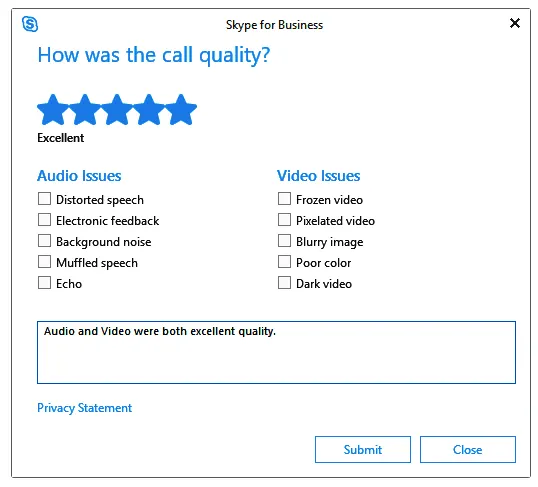
It’s important to note that surveying your customers, in itself, can enhance their experience with your brand. In making laser-focused improvements to your ECX based on your customers’ actual feedback, you’ll prove to them just how much you value their business — making them more likely to stick around for the foreseeable future.
4. Use projective techniques.
In certain cases, you can take things a step further in terms of soliciting feedback from your customers, using projective techniques to dig a bit deeper into their psyche.
Here, you’ll ask volunteers to describe their perception of your brand using symbolic imagery, feelings, and/or ideas.
Some example prompts you might provide include:
If your brand was a person in this comic strip, what would the person be saying?
If your brand was a (car, athlete, food, or other common “thing”), what would they be?
If your brand was a superhero, what would its weakness be?
In addition to defining your brand in these terms, you’ll also ask respondents to explain their answers. Again, this open-endedness allows for more exploration into their perceptions of your brand.
Once you have these more metaphorical responses in-hand, you can then analyze the meaning behind them (and how they correspond to the other survey data you’d previously collected). You can also circle back with respondents to get more specific information as needed — in turn making practical, laser-focused improvements based on what was initially rather abstract information.
5. Study your customer’s journey.
The key to optimizing your ecommerce customer experience is understanding everything there is to know about your customers’ path to purchase (and beyond).
Think about your customer’s lifecycle:
What do they need at different stages of the cycle (and the micro-moments within these stages)?
How and where will they expect to get what they need? How can you best deliver it?
How can you pack even more value into these moments to guarantee further engagement?
What will their path look like after they get what they need?
“Before you get started, make sure you position your different ideal buyer profiles under the right stage of the customer’s lifecycle. Every step requires a distinct approach as buyer requirements are specific to that very phase. Understanding where a customer is lets you create targeted experience strategies, understand the most appropriate ways of keeping up with their expectations, project future actions, and more.” – Alexandra Cote, SaaS and B2B Digital Marketing Consultant
With all of the information you’ve collected thus far — coupled with your team’s knowledge and expertise — you should have a pretty clear idea of what needs to be done to enhance your ecommerce customer experience. Moreover, you’ll now have more systematic processes in place to allow your team to make further improvements in the future.
11 Effective Ways to Create a Superb Ecommerce Customer Experience
As we just discussed, there’s no “one way” to go about making improvements to your ecommerce customer experience.
Still, when it comes to optimizing ECX for the modern consumer, there are a number of things brands in any industry can consider doing to make it happen.
1. An advanced and intuitive UX.
Once more:
If your online customers aren’t able to use and engage with your site as needed, they aren’t going to give you their business.
When it comes to UX and site design, there are three key areas to focus on.
First, mobile optimization is non-negotiable by today’s standards. With customers using multiple devices throughout each path to purchase, ensuring they can do what they came to your site to do, regardless of device used, is a must.
“With half of all web traffic coming from mobile devices, product pages need to be optimized for speed and designed with mobile shoppers in mind. Craft pages that make it simple for customers to find what they’re looking for so they can easily make a purchase from your store.” – Alex Uichita, Customer Success Manager, Shogun
Optimizing your ecommerce site for mobile can cause a massive spike in sales and conversions. Check out Exxel Outdoors’ success story for more.
An intuitive site architecture is crucial for ensuring your visitors can navigate your site with ease. This means strategically categorizing your product catalog and accompanying product pages, and making the other parts of your site just as easy to access.
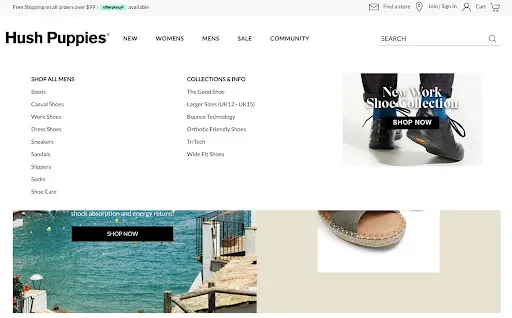
Similarly, a fully-functional search feature will allow your visitors to quickly find the products, content, or information they need. You can supercharge their efforts with real-time search suggestions via AI-powered ecommerce plugins, too.
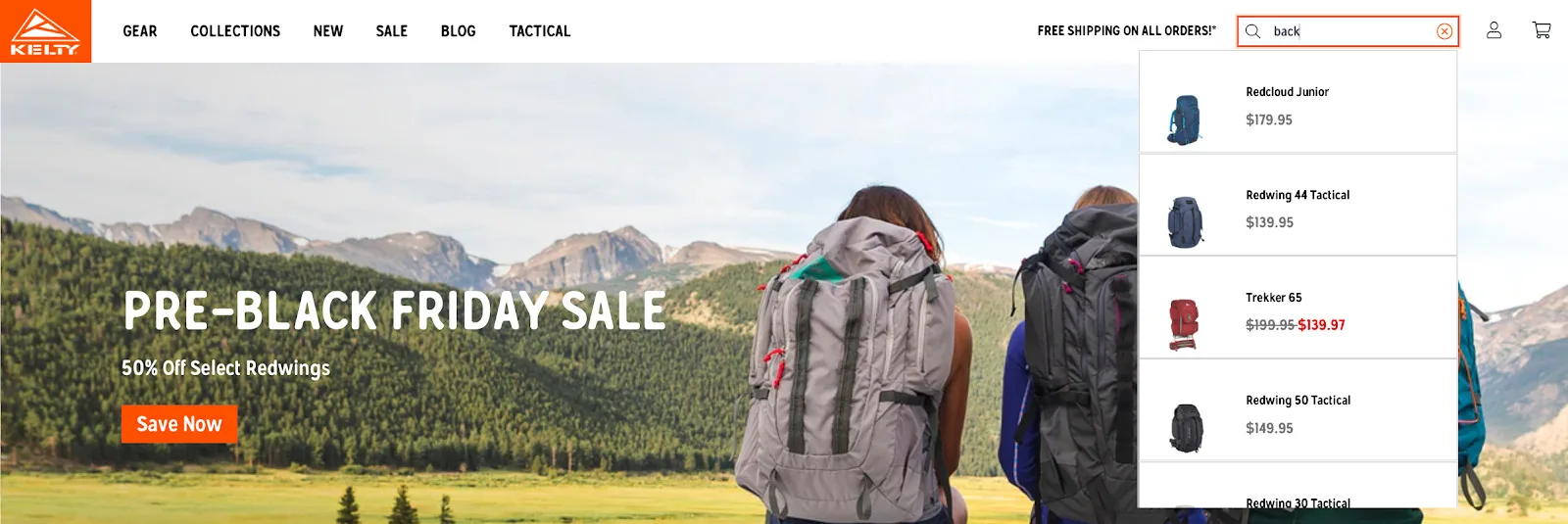
Finally, you absolutely need to streamline the purchasing process for your online customers.
This means:
Creating a clear on-site path for prospects to follow on their way to their next purchase
Providing strong, customer-friendly calls-to-action to keep them focused
Optimizing your operational policies with regard to fulfillment, payment, and returns
(More on this last part later.)
The takeaway here is to streamline your customers’ overall on-site experience to the point that they only need to put in minimal effort to experience maximum gains. The easier it is for the prospect to get what they need, the more likely they are to engage further with your brand.
2. Appeal to the customer’s senses and emotions.
The key to truly immersing your customers in your brand’s digital experience is to appeal to their physical senses, and to their emotions.
With regard to the five senses, ecommerce obviously has some shortcomings; smell, taste, and touch are essentially out of the question. That said, it’s crucial for your digital experience to be visually and audibly engaging at every touchpoint.
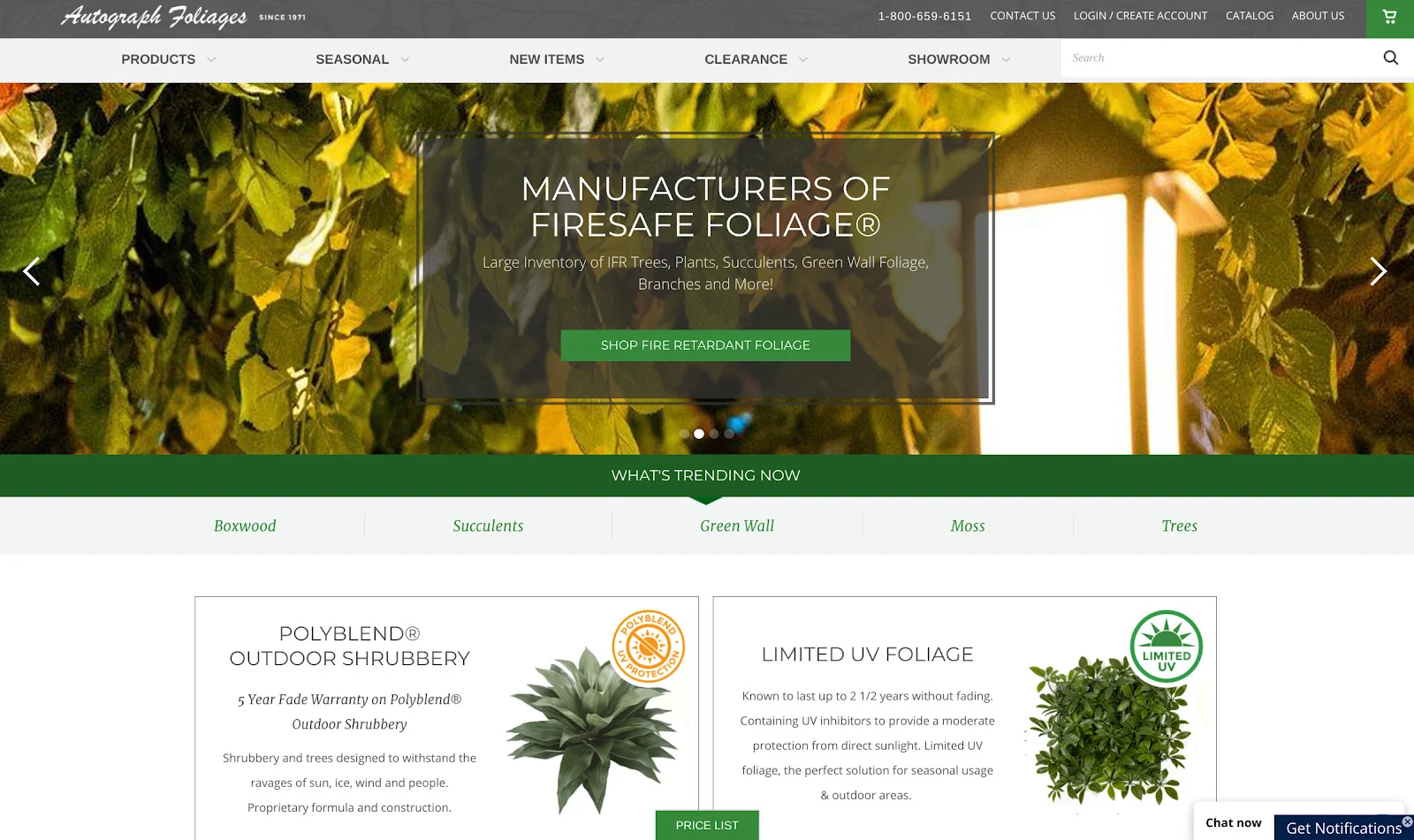
Augmented reality and virtual reality technology can also help you bring your digital experience to life in the eyes of your customers.
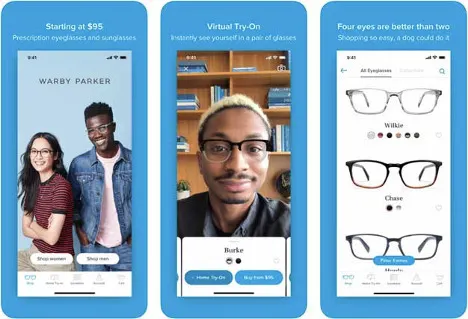
Now, you certainly can convey the feelings associated with taste, touch, and smell through your site’s content. Specifically, it’s in the combination of high-quality photographs and other multimedia content as well as copy that you can elicit specific emotions from your online customers.
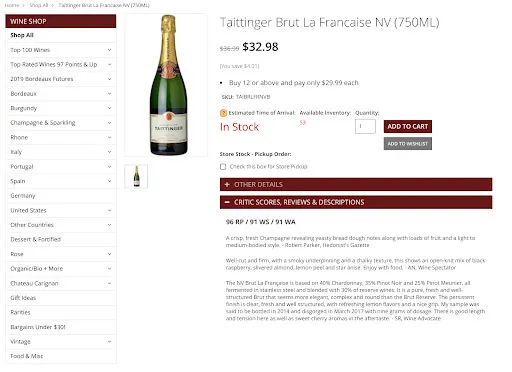
“On a more visceral level, tapping into your visitors’ deeper emotions is vital forforging connections and prompting action. Through your site’s content and copy, you can communicate empathy while also empowering your customers to overcome the challenges they face.” – Alon Popilskis, Owner, Smart SEO Designs
Your ecommerce site needs to have an impact on your visitors, or they’ll never become your customers. Get them to feel something — something good, of course — or there’s a good chance they’ll forget all about your brand.
3. Build great product pages.
As we just mentioned you need to be able to appeal to your customer’s senses and emotions to effectively create a great customer experience. While it’s important to do this throughout your various marketing channels, it’s especially important on your product pages.
The best product pages will strike a balance between providing all the information potential customers want about the product to ultimately help push them towards making a purchase — without overwhelming them with information.
Product visuals composed of high-quality images as well as explainer videos discussing your product are all a great way to help engage a potential customer’s senses. Look at making use of lifestyle and textural images along with visuals showing your customers using your product to help potential customers visualize how your product could be of benefit to them.
Equally important for engaging your potential customer’s senses and ultimately providing a great customer experience is your product page copy. You need to create emotion-evoking copy along with a thorough description of the product’s features to help potential customers imagine how the product can solve their particular problem.
Here’s how BigCommerce merchant Skullcandy did just that:
4. Strive for omnichannel everything.
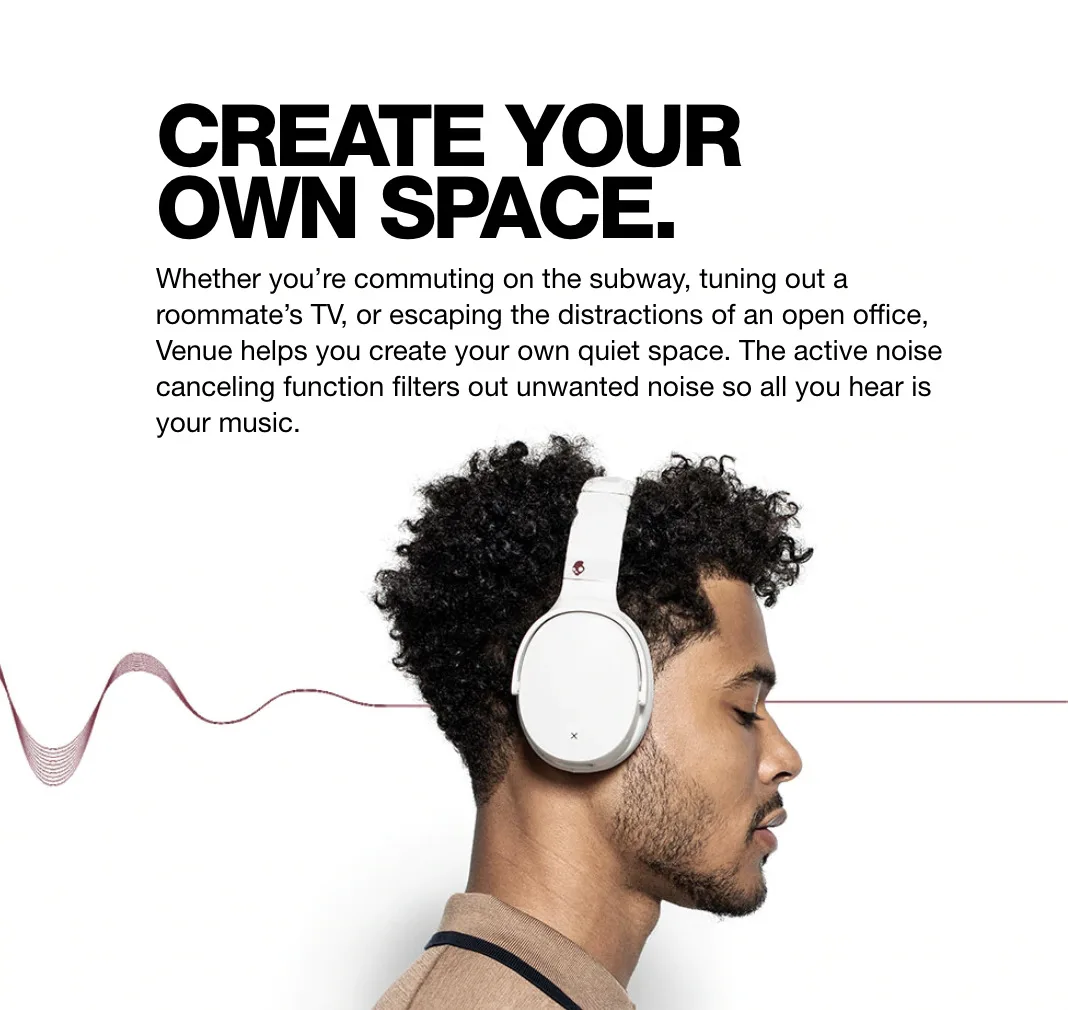
Omnichannel retailing will become even more prevalent in 2021 and beyond — and it’s quickly becoming a necessity.
Now, providing a truly omnichannel experience — that is, where your customers can engage however they want with your brand, on whatever channel or device they choose — isn’t exactly possible just yet.
But, that doesn’t mean you shouldn’t be striving for it to some degree.
Basically, if your customers expect your brand to be active on a specific channel, well…you need to be active on that channel.
By “active”, we mean having a comprehensive plan as to how and why you’ll be using the channel in question, and how you’ll be integrating the channel into your overall online experience.
It’s also important to take full advantage of every channel your brand is active on — and to stay current with how these channels evolve over time, as well. Missing the boat on these updates (e.g., Shoppable posts and other forms of social selling) will essentially mean missed opportunities for your team.
Going back to the idea of integrating your various channels, your customers don’t want to “start over” whenever they engage with your brand. Rather, they want to be able to pick up right where they last left off.
To that end, it’s critical that the information flowing through your various channels all filters into one centralized location. This will ensure your CRM and other integrated tools stay up-to-date at all times, and will minimize the chances of delivering a redundant experience to your customers.
5. Personalize, personalize, personalize.
You’ve probably heard this ad nauseam over the last few years, but it’s worth reiterating:
Personalizing the ecommerce customer experience is, by today’s standards, essential to your success.
As with all areas of ecommerce, your ability to personalize the ecommerce customer experience is continuously evolving. Simply addressing your customers by name and providing basic product recommendations — while important — are now just table stakes.
Moving forward, ecommerce personalization is focused on delivering tailored content and promotions to individual customers, throughout the customer journey, based on their individual actions and circumstances.
In marketing, timing has always been everything. Now that you can get ultra-granular with the timing of your messages, there’s no excuse not to do so.
Many ecommerce businesses are also building personalization into the actual services they provide. Stitch Fix, for example, delivers handpicked fashion products to their individual customers based on their preferences and engagement history.
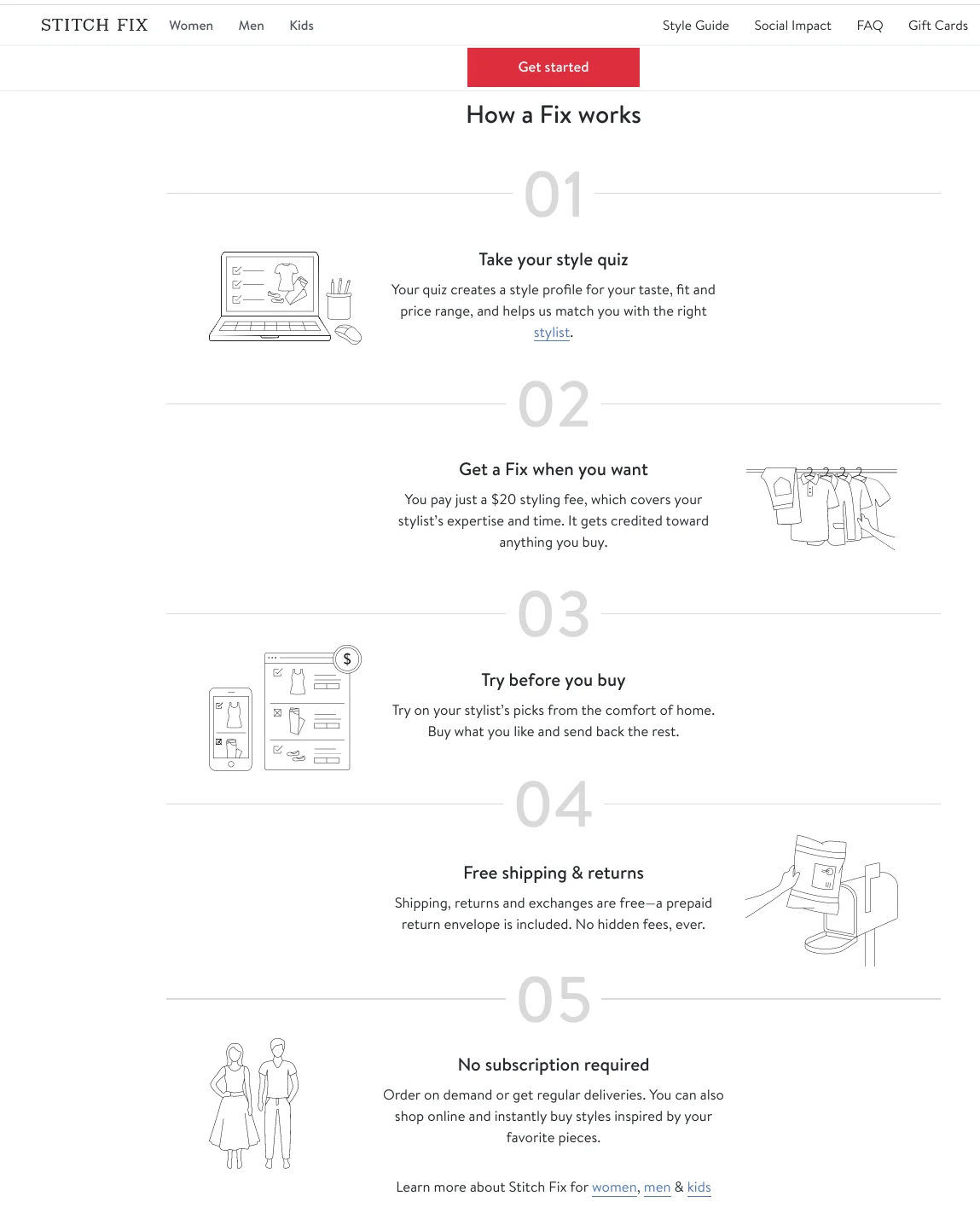
As artificial intelligence technology evolves in its ability to a) analyze customer data, and b) facilitate personalization itself, it will only become more important for you to tailor your ECX accordingly as time goes on.
6. Proactive and responsive engagement.
Throughout your customer’s lifecycle, there will be times where they come to you on their own — and times when you’ll need to reach out to them.
In both cases, your goal is to deliver whatever it is the customer needs to take the next step in their journey.
In terms of proactive outreach, we’re talking about:
Regular newsletters and other scheduled email marketing activities
DM/SMS messaging to individual customers and audience segments
Chatbot and live chat messaging for on-site and social media audiences
As far as responsive outreach, we’re talking triggered follow-ups after specific, individual engagements. For example:
Post-purchase surveys
By providing suggestions and/or prompts as to how to engage further with your brand, you make your customers all the more likely to do so.
(Conversely, not delivering these prompts essentially leaves up to chance whether the individual will proceed or not. If they’re at all hesitant, you run the risk of losing them for good.)
7. Proactive and responsive support.
Similarly, your customers will need help at various points along their journey to success — and you need to be ready to give it to them.
The best course of action is to proactively deliver, or provide access to, the necessary support at all times.
Knowledge bases, FAQ pages, and other self-service options enable the customer to take control of the issue they’re facing, and find the solution that works best for them — all without needing to reach out to your customer support staff.
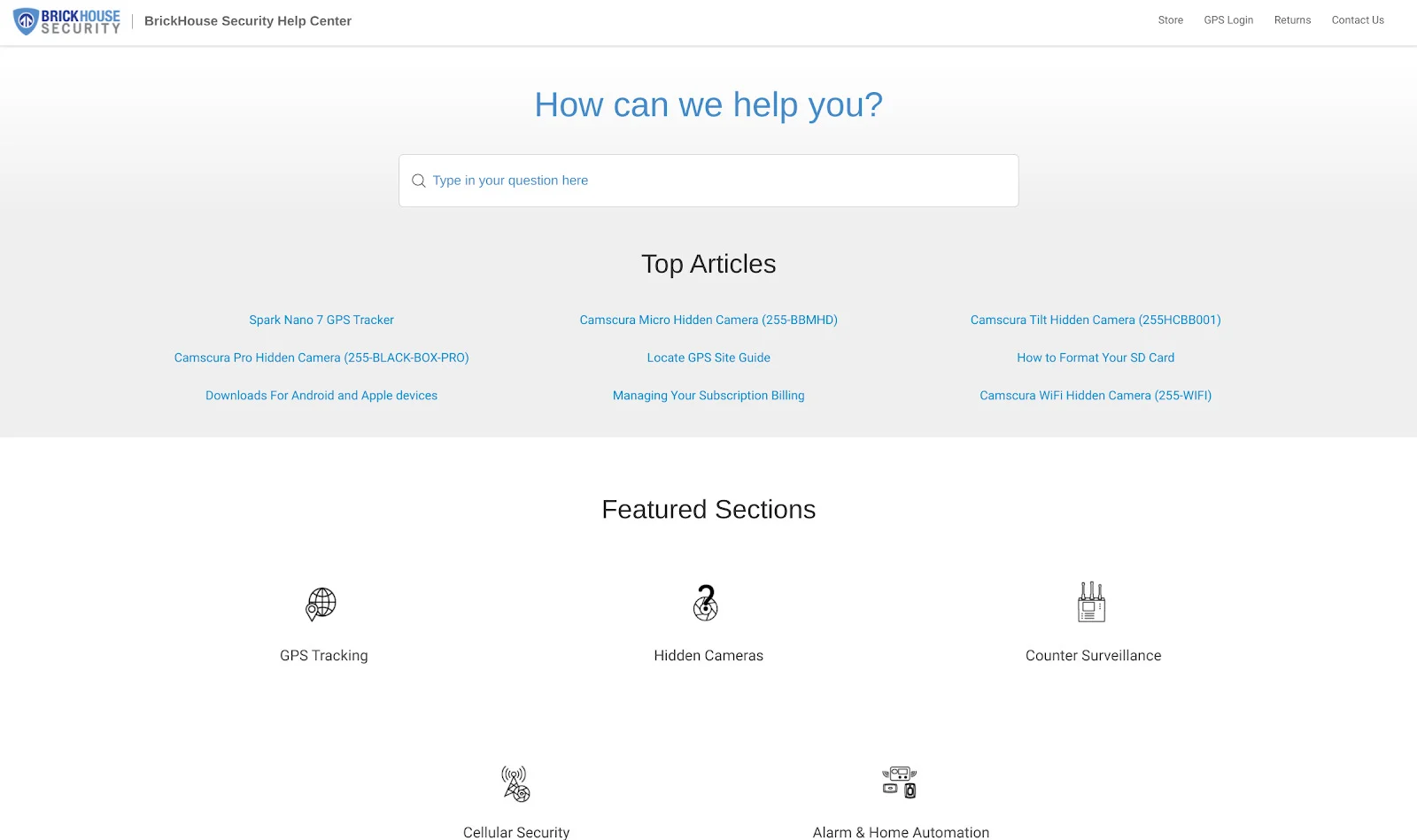
Because your customers will be able to help themselves with regard to more common issues, your customer support team will have more time and resources on hand to focus on the more intense issues your customers may be facing.
On that note, your team’s ability to help your customers solve the issues they face is directly tied to your ability to keep them onboard: An overwhelming 96% of consumers say their brand loyalty often hinges on a brand’s customer service efforts.
That said, your team needs to be able to step in and provide hands-on customer support in a number of ways, whenever a customer may need them.
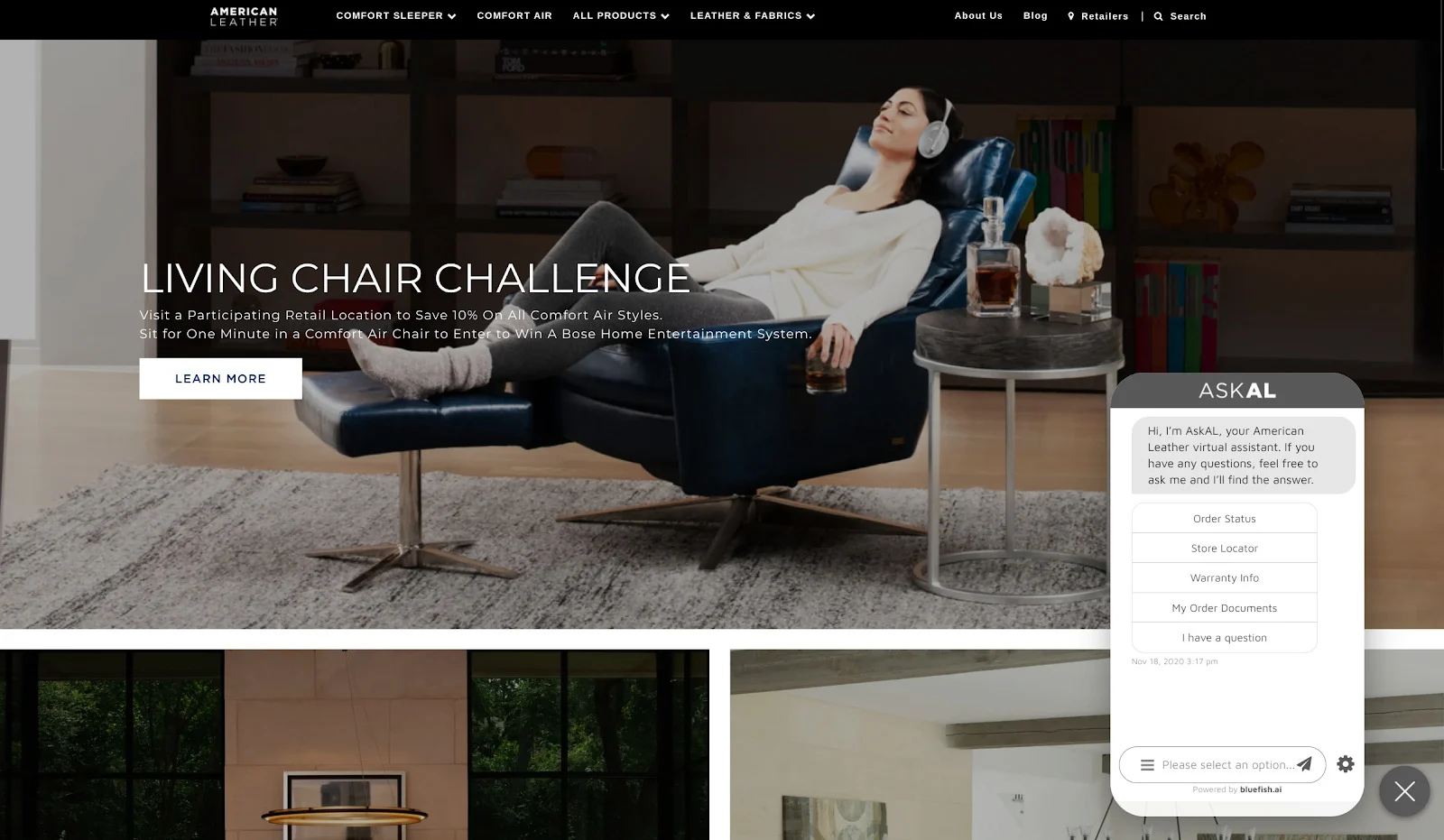
This goes back to the idea of striving toward omnichannel: If your brand is active on a specific channel, you should at least provide a way for your customers to connect with your support staff on it.
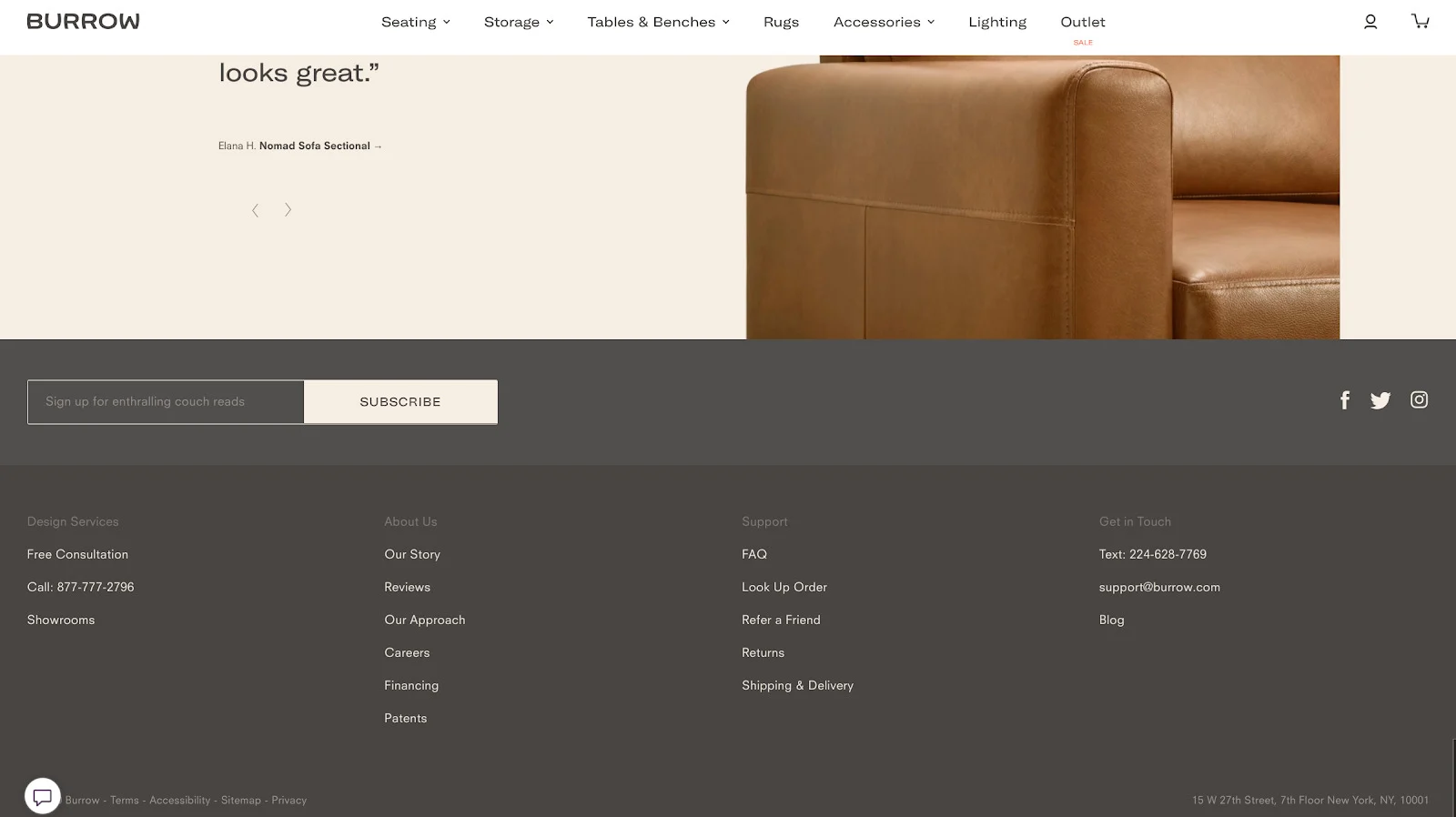
(Of course, if you have the capacity to provide support on a well-trafficked channel, you should probably be doing so.)
One last thing about ecommerce customer service and support:
An emotional connection can absolutely make a difference in the customer’s eyes — especially when forged during times of uncertainty.
“Rock solid, reliable and friendly customer service during challenging times like the unprecedented one caused by the pandemic can delight our customers and provide a highly positive endorsement for many of our brands.”
-Sarah Caplan, Vice President of E-Commerce at Steve Madden
Whether talking global or personal uncertainty, the fact remains:
Delivering lightning-fast customer service in a personable, human manner is key to keeping your struggling customers onboard and making progress with your brand.
8. Supply chain optimization.
The past year has shown (among many other things) just how much the ecommerce supply chain impacts the customer experience.
But, it’s not like the coronavirus pandemic is the only thing online retailers have ever had to worry about. Even in “normal” times, your supply chain can face any number of disruptions — all of which will have a negative impact on your ECX if you aren’t prepared.
Overall, proper supply chain management is about:
Delivering products on time (or earlier)
Avoiding stockouts (and avoid disappointing your customers)
Ensuring product safety throughout the supply chain on its way to the consumer
Centralizing your inventory data is becoming increasingly important as you move toward omnichannel sales and operations. If these various channels aren’t in-sync, it becomes easy to oversell your stock — which, again, will only lead to disappointment for your customers.
“By distributing inventory, you’re able to reduce your average shipping zone, which significantly reduces shipping costs and transit times. Throughout the COVID-19 pandemic, we’ve seen another need for this: spreading inventory out to reduce risk in case an outbreak happens and a single fulfillment center gets shut down.
You can strategically choose which locations to store inventory in using historical order data to determine where your customers are located. Analyze what your shipping costs would be if you went from one fulfillment center to two (or two to three, and so on) by experimenting with different locations (e.g., one central and two coasts), and how those would be offset by the additional transportations and warehousing costs you’d incur.
If you work with a 3PL, they should be able to offer insights into inventory allocation, as well as carrier performance and shipping insights, logistics costs, and fulfillment performance, so you can make better decisions on how to expand your fulfillment distribution while keeping costs low.” – Kristina Lopienski, Director of Content, ShipBob
As it was with UX, optimizing your supply chain is necessary for your customers to get the full value your brand has to offer. Any hiccup along the way will only serve to detract from the customer experience — and needs to be dealt with as soon as possible.
9. BOPIS and other fulfillment options.
For retail stores operating online and brick-and-mortar stores, providing BOPIS (“buy online, pick up in-store”) and similar options to customers is quickly becoming the norm.
For the customer, the benefits of BOPIS are clear:
They’ll save on shipping and other fees
They can guarantee an item is in-stock before heading to the store
They can get what they need quickly, and with minimal delay
(That last benefit has proven to be most important of late, with stores using BOPIS options as a way to safely open and provide for their customers during the coronavirus pandemic.)
The company will also save on shipping and restocking costs, and can get the returned product back on the shelves in no time. What’s more, with the customer’s foot in the door, the team will have yet another opportunity to sell to them.
“Buy online, return in-store” options are also becoming more prevalent, as well. It’s a similar concept: Instead of requiring the customer to repackage an item and send it back through the mail, they can simply return it to their nearest in-store location.
If you want a glimpse into the future of BOPIS, BORIS, and all in-between, look no further than Amazon. In lieu of opening brick-and-mortar locations of their own, Amazon has partnered with the likes of Kohls’ and Rite Aid to allow customers to pick-up and drop-off at their leisure — and will likely be expanding these efforts in the future.
Overall, your ecommerce team needs to continue rethinking returns as processes and customer expectations evolve. While minimizing the need for returns is optimal, the next best thing is ensuring the process goes smoothly for both your customer and your team — and that each return opens the door for an even greater exchange of value in the future.
10. Payment options.
Payment is another area where it’s crucial to provide your customers with options.
Really, there are two aspects of payments to think about here.
First, consider the different payment methods you allow your customers to use. Though most of your customers will likely still opt to use credit cards, mobile payments and other such options are quickly catching on.
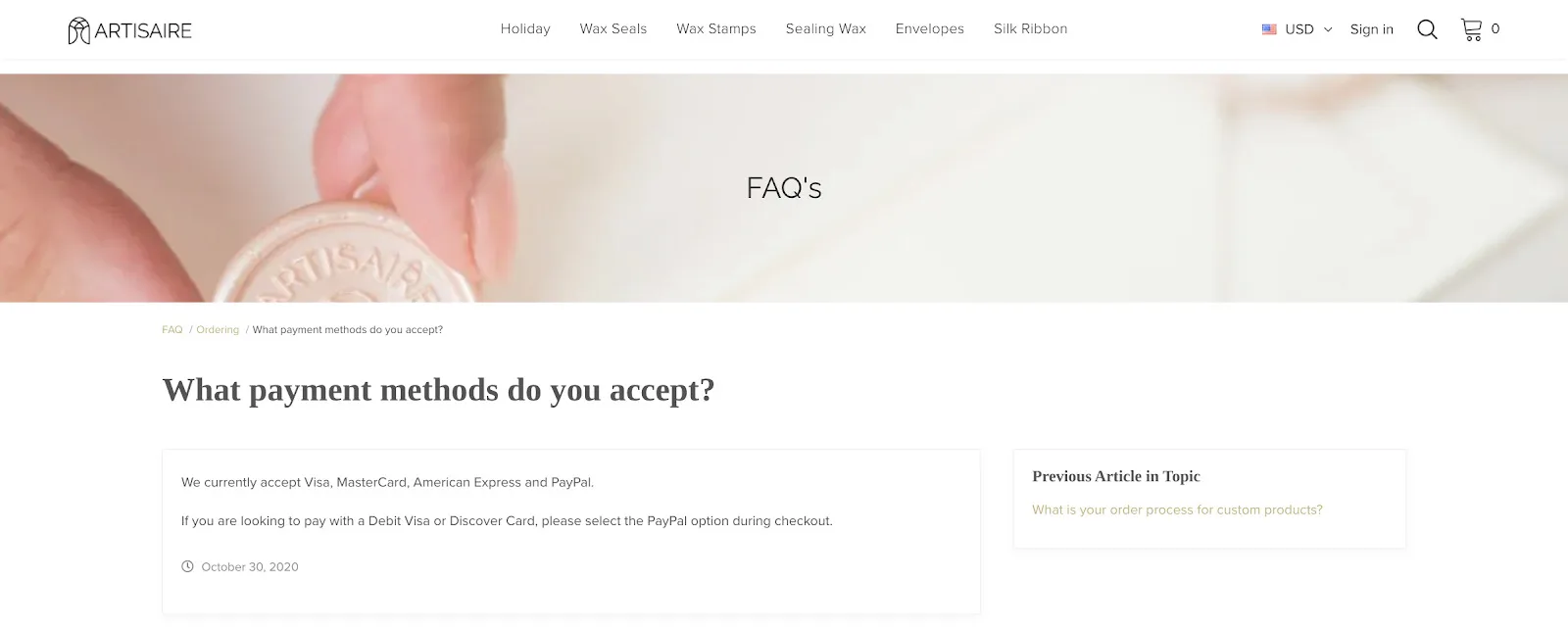
Now, you don’t necessarily need to offer all types of payment methods; to be sure, this would be overkill. Your goal for the coming year should be to identify the methods your customers prefer and that will provide a secure and seamless checkout process across the board.
You also want to think about the payment plans you offer your customers — or those which they may be interested in moving forward.
Subscription services continue to thrive, with consumers making their reasons crystal clear: Fifty-three percent say subscriptions are a more convenient method of paying for goods or services they regularly use, while 44% agree subscriptions are a better value than other payment options for a similar service or product.
Allowing your customers options as to when they pay can also be the key to getting them to convert (and to stick around).
Financing, layaway, pre-purchasing…if your customers want it — and offering it will be best for business, overall — you need to figure out a way to make it happen.
11. Build a community.
We’ve talked about the importance of connecting with your customers on a more personal and emotional level.
Your ultimate goal here is to create a community consisting of your engaged, loyal, and successful customers.
(Note: Your branded community can also include influencers, business partners, and other stakeholders, as well.)
As should come as no surprise by now, this community should not be relegated to a single channel — and should instead expand to any platform your brand operates on. In other words, your audience should never be able to interact with your brand without feeling like they’re a part of your community.
In terms of what the community does, well…that’s up to you.
Some companies, such as SkullCandy, have created a thriving Facebook community of over two million members. Here, customers can share product reviews, user-generated content, and usage tips — and much more.
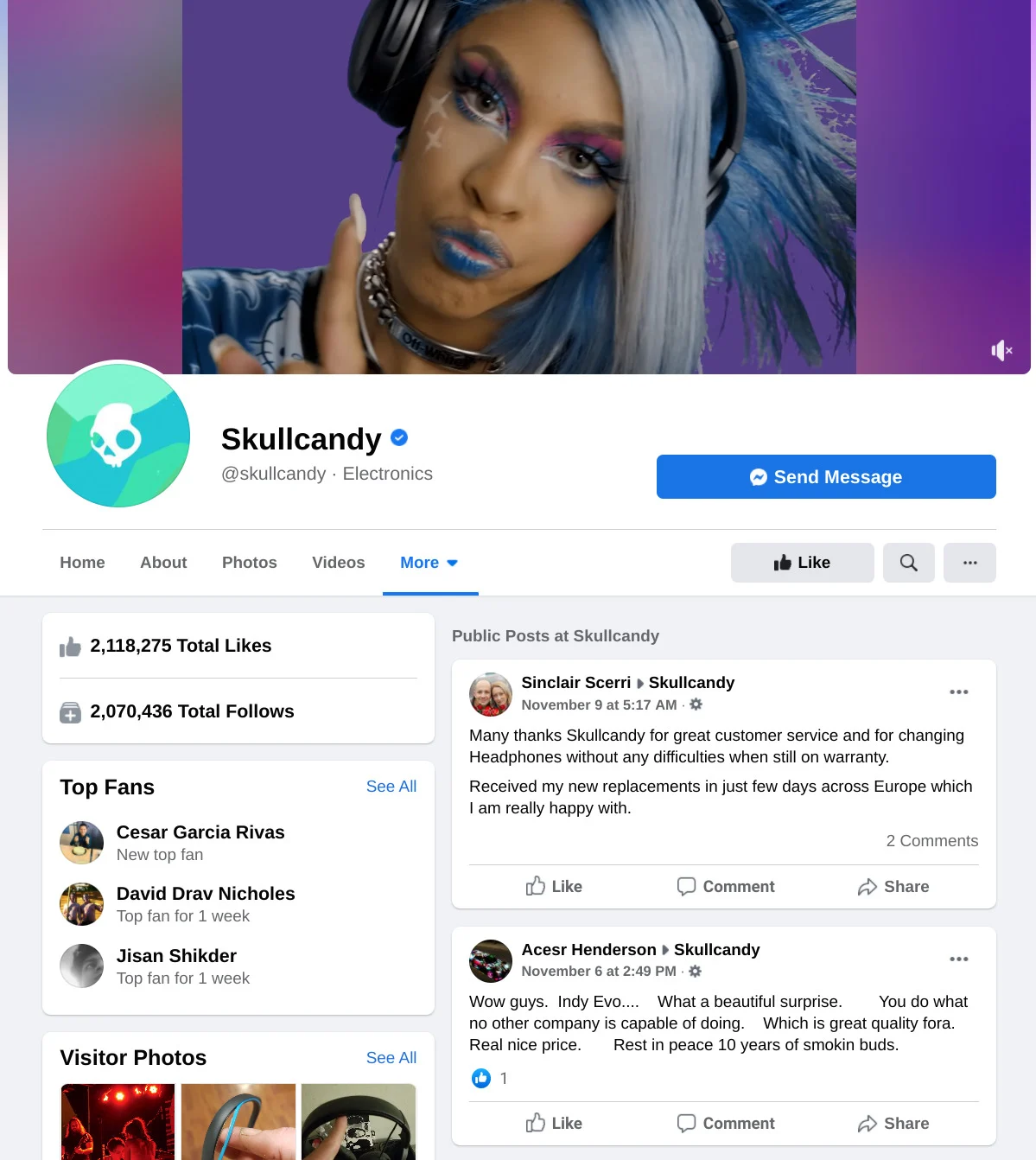
Others, like Airbnb, host an online community directly on their website.
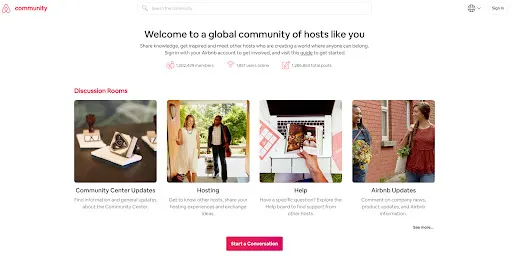
As the screenshot above shows, Airbnb allows its audience to dig deep into a variety of brand-related info, and to give and receive support as needed.
In addition to keeping customers informed and productive, building a community can simply be about allowing them to have fun. Putting on creative, unique events can be just the thing to spice up your branded experience for your VIP customers.
How to Measure Overall Customer Experience
While customers’ perceptions of your retail experience can be a challenge to quantify, there are several go-to metrics that you can use.
These metrics are a great start to understanding the customer’s perspective on your offerings, service, and business as a whole.
1. Customer satisfaction (CSAT).
CSAT measures customer satisfaction with a specific product or service.
Through multi-question surveys, retailers target specific aspects of the customer interaction like customer support experience, shipping and delivery, or product quality.
2. Net promoter score (NPS).
Net promoter score, or NPS, refers to the percentage of your customers who say they would recommend your business.
NPS is widely used as a simple, scalable way to measure customer satisfaction.
Net promoter score is calculated by asking customers to rate, on a scale of 0–10, how likely they are to recommend your business to friends or colleagues. It differs from the customer satisfaction score in that it’s better able to measure a customer’s ongoing relationship with your business, as opposed to one experience in time.
3. Customer retention and loyalty.
Monitor customer churn and loyalty to measure how you’re doing with your intended audience.
Some of the metrics used to calculate customer retention, loyalty, and churn include:
Purchase Frequency
Loyalty Program Participation
Average Order Value
Purchase Return Rate
Ecommerce Customer Experience Example Worth Copying
Okay, so we’ve already gone through a ton of examples of ecommerce customer experiences done right.
Still, let’s take a closer look at how three of BigCommerce’s most successful brands use their websites to create a superb experience for their online customers.
1. Tommie Copper.
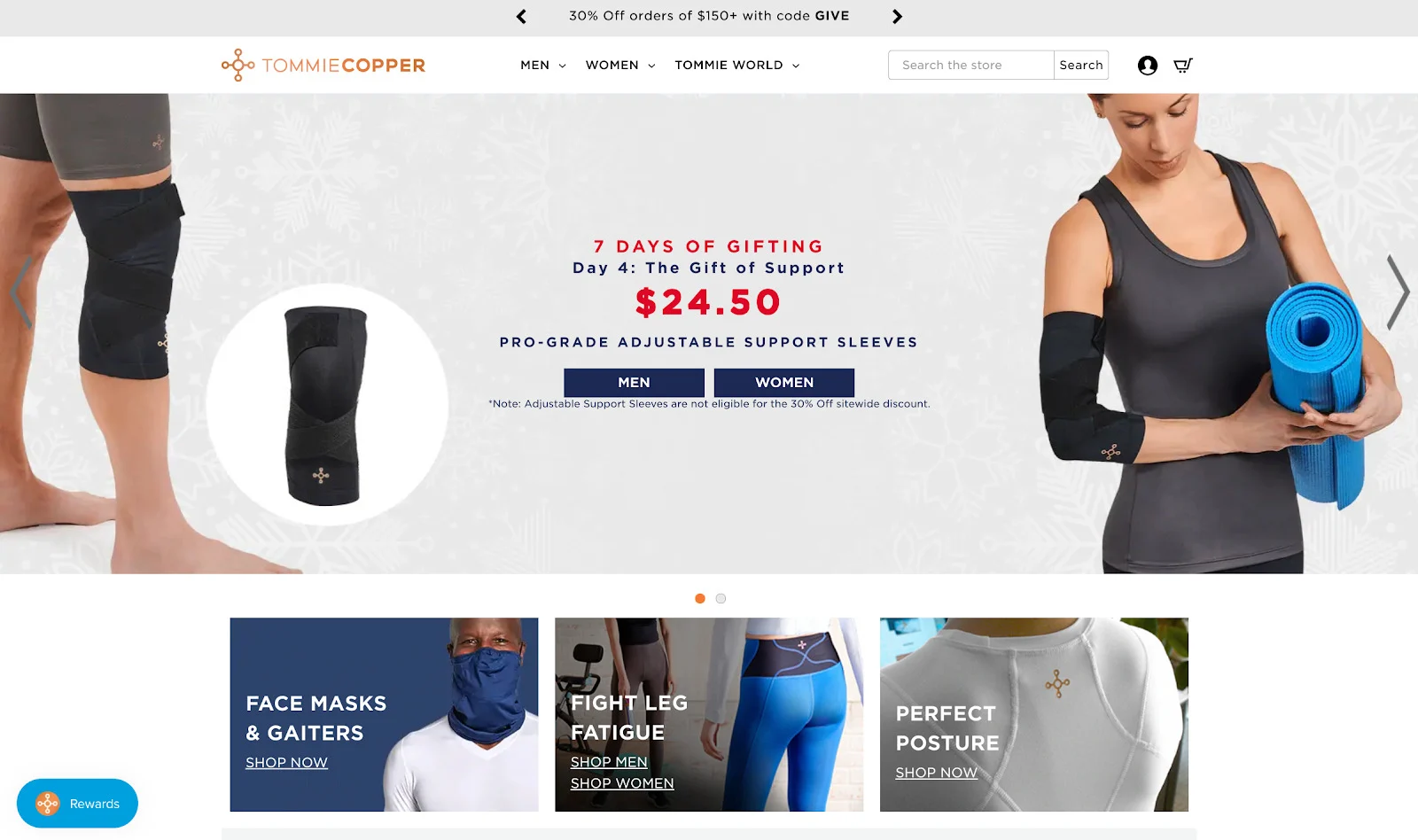
Tommie Copper’s compression clothing isn’t all that flashy.
And it has a website to match.
However, that doesn’t mean it isn’t effective.
Quite the opposite, really: The simplicity of Tommie Copper’s website is what makes it effective in the first place.

With just a single mouse click, visitors can easily navigate to the exact product section they need to. From there, they can narrow their search in a variety of ways.
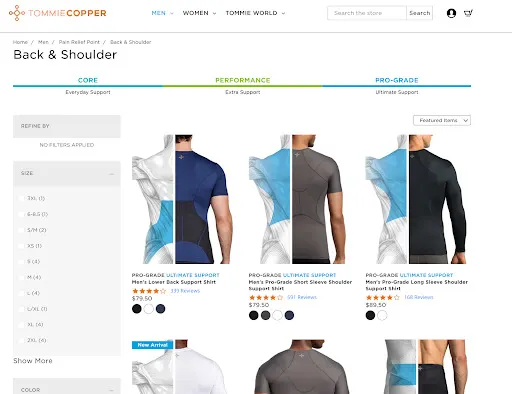
Backing up a bit, TC’s homepage provides a ton of information for visitors with muscle and joint pain.
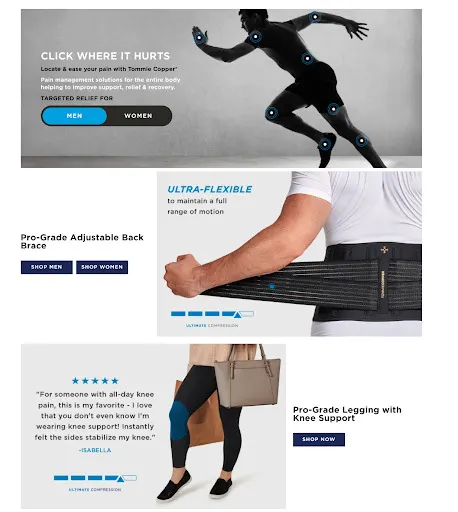
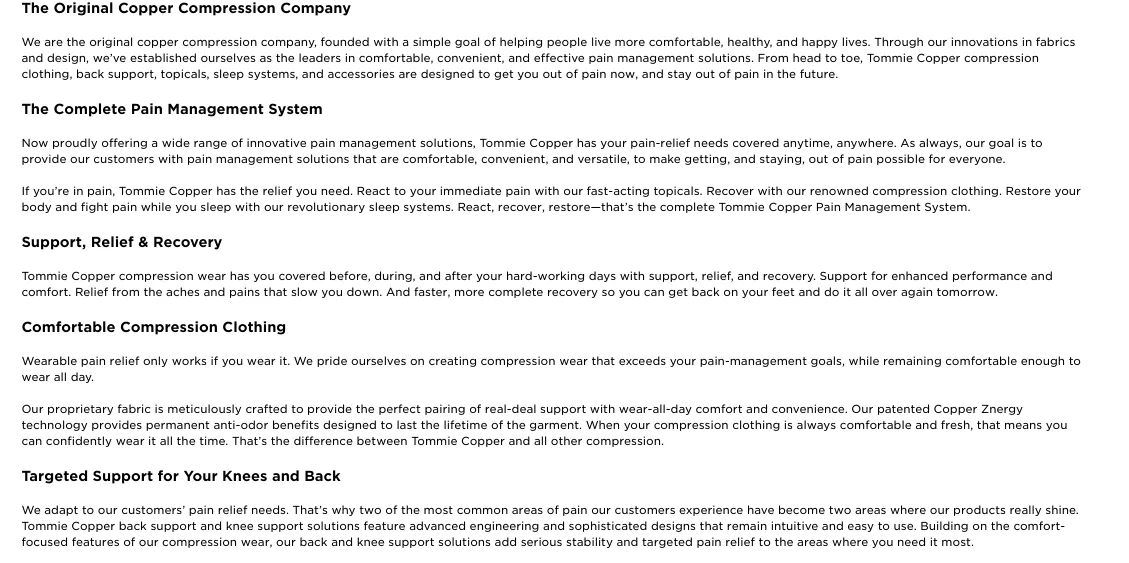
On the actual product pages, visitors are given even more information — coupled with some high-quality product images.
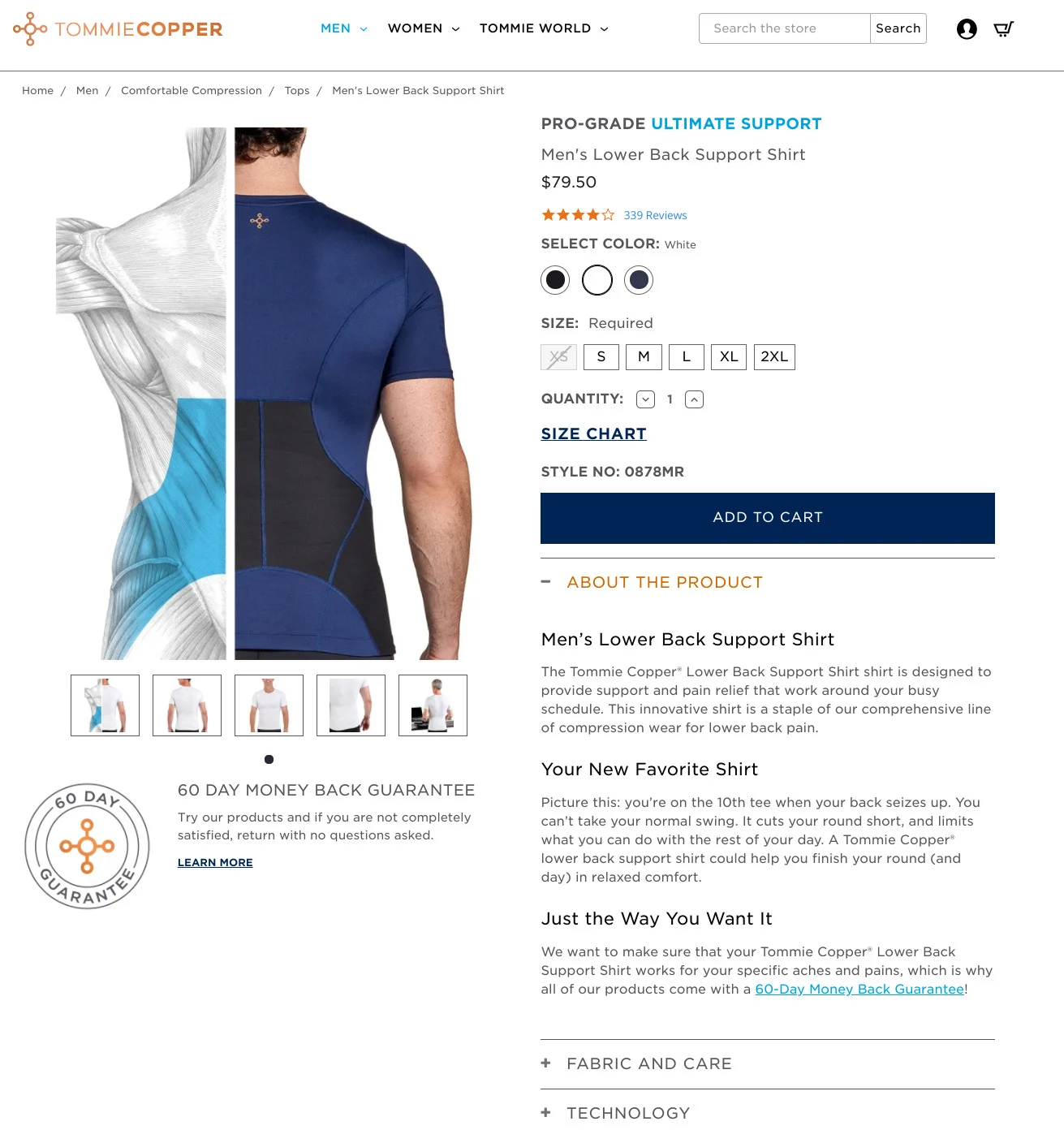
Note that the product page’s copy is almost completely “you” focused. It’s less about what the product is, and more about what the product will do for the customer — which is key for a customer-centric branded experience.
And, for good measure, TC provides some social proof on each product page — again reaffirming the value of their products in the eyes of the customer. Customers can even sort the reviews shown using a number of filters, as well.

Again, while TC’s on-site experience is pretty straightforward, it’s exactly what their audience is looking for when they’re in pain: An easy-to-use, customer-centric website that connects them to the right products as quickly as possible.

Josh Brown is the Marketing Manager for Helpjuice, a knowledge base solution provider. When Josh isn't building & analyzing marketing campaigns, he spends his time writing on topics that are hopefully helpful to businesses, particularly when it comes to improving customer experiences.


